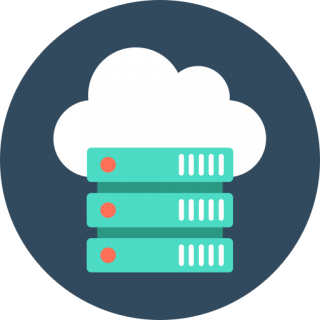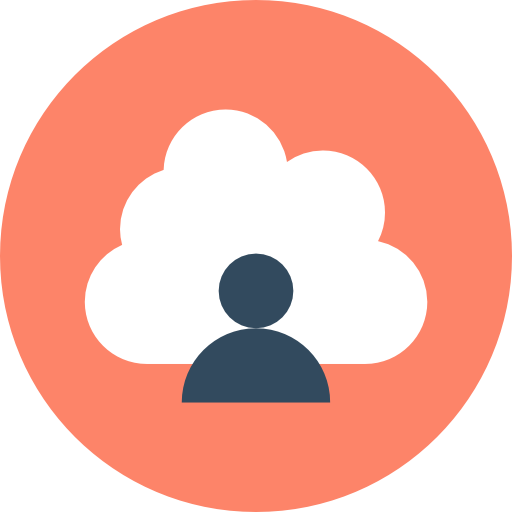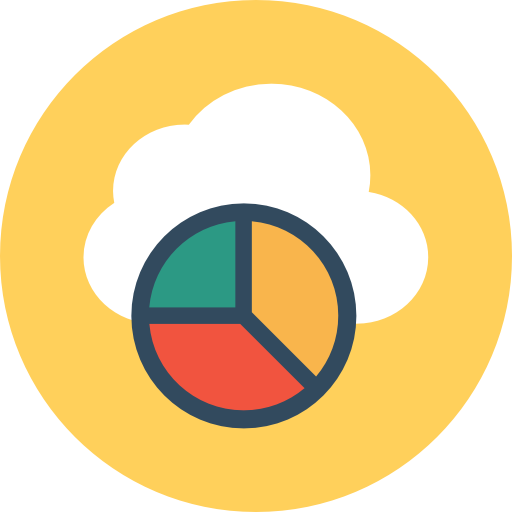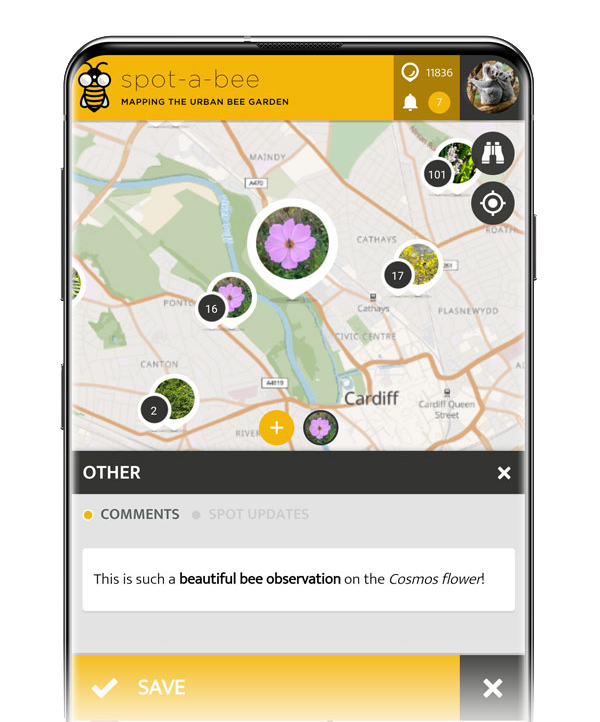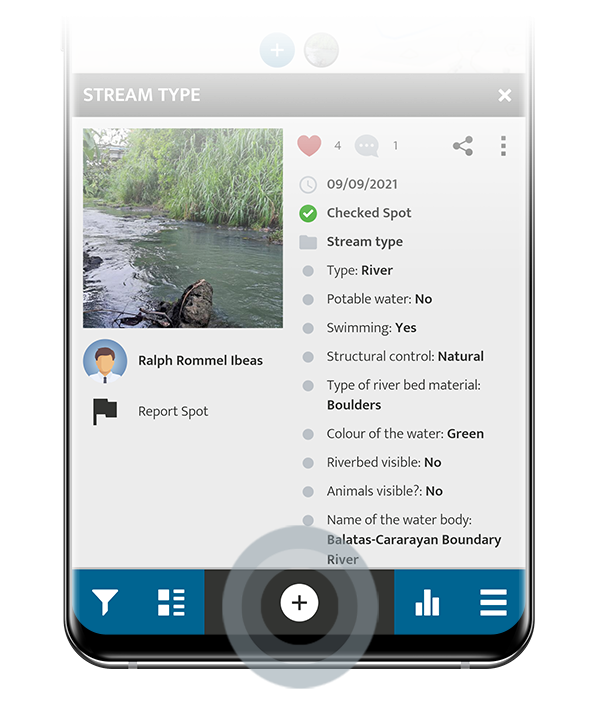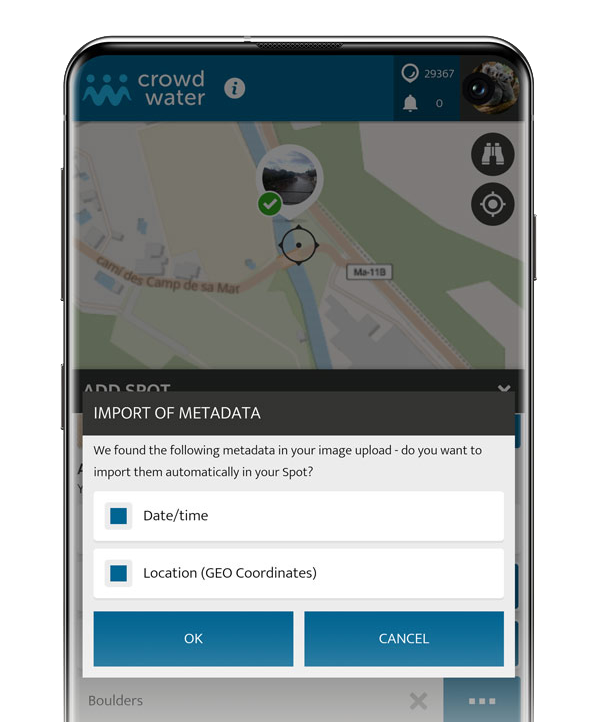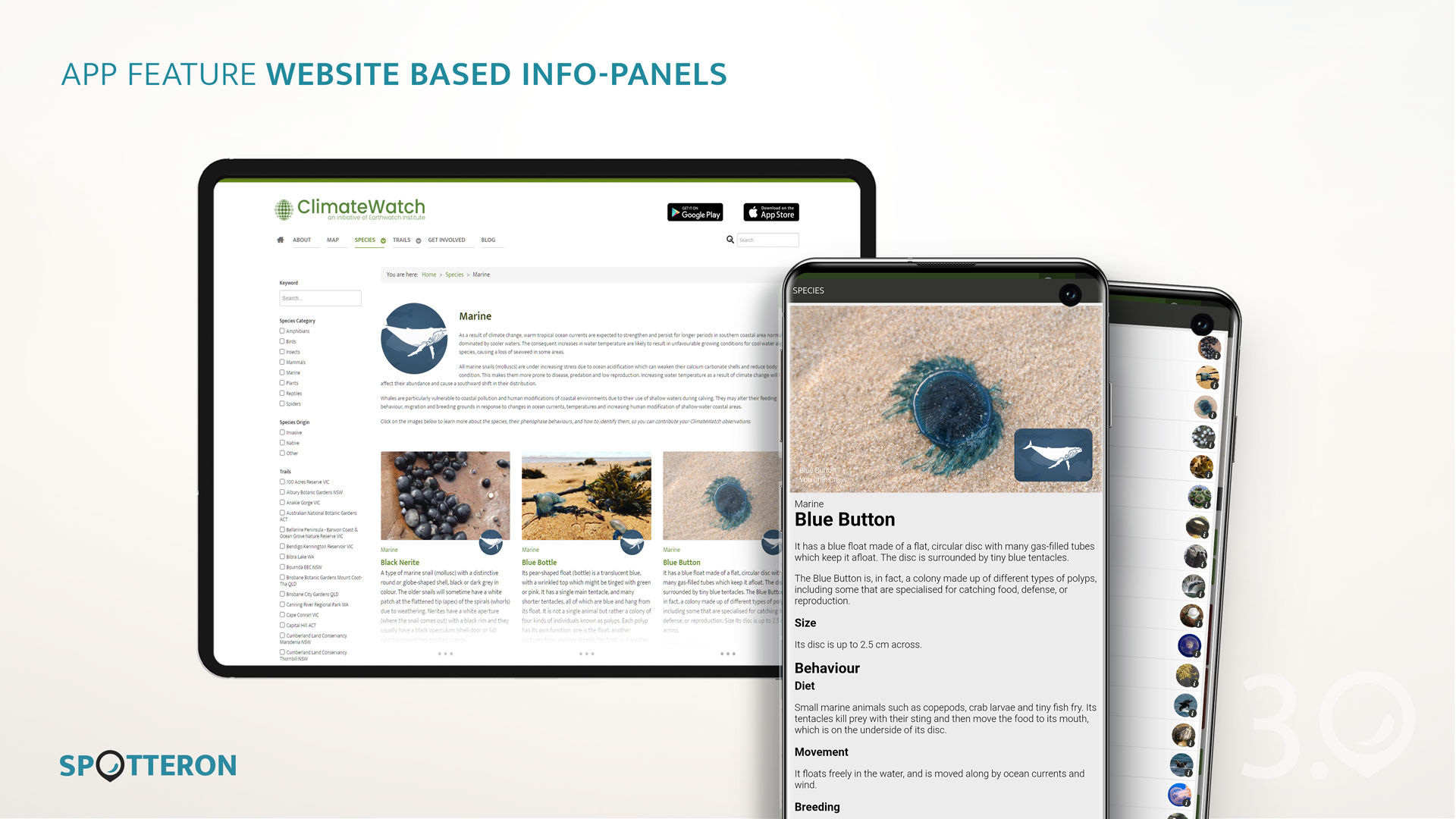It has been a busy year here at SPOTTERON. Despite the ongoing global pandemic, we are happy that a new platform generation is finally ready for your Citizen Science Apps! After months of building up the groundwork, thorough evaluation, testing and improving, we are excited to present you the new and most extensive Citizen Science Platform we've ever had running.
WELCOME TO SPOTTERON 3.0! WELCOME TO THE FUTURE OF CITIZEN SCIENCE.
The platform version 3.0 includes many new features - but most importantly, the finalization of the underlying Internet & Communication Technology (ICT) infrastructure, which makes this update a Milestone:
SPOTTERON ICT Infrastructure 3.0: a reliable technology base for Citizen Science Apps
Over the past months, we have worked hard to build up a new server and cloud services infrastructure, which increased the potentialities for future innovation in Citizen Science Apps and which serves as a reliable and stable environment for scaleable user participation. With the new SPOTTERON Citizen Science Cloud being ready, we have migrated and updated all Apps on the platform to the latest version, 3.0.
The new ICT infrastructure is a significant step in developing the platform further and providing an upgraded and reliable cloud technology infrastructure for Citizen Science Apps with improved data ethics and user privacy - now and in the future. Along with the App Updates, all imprints in the Apps have been extended with information about data processing locations and contribution rights for users, providing more transparency for users and project partners.
Some projects have Custom Citizen Science Tools running alongside their Citizen Science App, like the SpiderSpotter Data Analysis Tool (DAT) or the Crowdwater Citizen Science Game. These additional tools allow the project's user community to help with data analysis and data quality with a live connection to the Citizen Science App's data - and they also benefit from the new technology "under the hood".
Engaging the public on the location: A new framework for local Citizen Science activities
So far, it has already been possible to use location-based events in the Citizen Science Apps on SPOTTERON for researchers and project teams. We've expanded the existing event feature and created a more holistic activity system with many improvements and modernizations. The new Project Activities allow the creation of project-specific activity types with which users can interact. For example, in the ClimateWatch App by Earthwatch Australia, users can now access a list of walking trails and link their observations and data points to them. This connection is also reflected in the project's data-set export for scientific analysis. The project activities in ClimateWatch are further used in public engagement and in building partnerships with local organizations, which provide the trails.
We have developed the new Project Activity Framework with extendability in mind. Other Citizen Science projects can now use this system to implement their activities and build on the work already done.
BUT THERE IS MORE: NEW FEATURES FOR CITIZEN SCIENCE APPS
As it's the tradition at SPOTTERON, once funded by a project partner, a new feature can be used by other partners from different projects without any additional developing costs. Here is a comprehensive list of everything new on the platform:
For SPOTTERON Package A:
Bringing Citizen Science Data to Life with the Data Visualization Overlay
Data visualization makes it possible to show relationships, patterns, and trends in data. It helps communicate information clearly and efficiently, makes complex issues more understandable and is ultimately a fusion of scientific data and design. By presenting data in its entirety, users can gain more insights. Especially in Citizen Science Apps with a spatial reference, visualizations directly embedded in the map offer the possibility of better understanding data and relating one's contributions to the whole data set of the project. The new interface for data visualizations already includes a Heat-Map view and a Dot-Map view of the data. Read more about the Data Visualisation Overlay here: https://www.spotteron.net/custom-citizen-science-tools/data-visualization-overlay
User Mentions: Fostering Interaction in a Citizen Science Community
The social component has always been an important one in the Citizen Science Apps on SPOTTERON. Social interaction leads to users being more active in the Apps, making more contributions, thus making your project more successful while simultaneously being fun to use. With the new update, it is now possible to mention another user in a comment by writing @username. The mentioned user gets a notification in their newsfeed, allowing for a more direct and personal means of communication amongst users and between users and project leaders.
Markdown Standard Integration
Sometimes it's important to put more emphasis on the things said in a comment. With the new Markdown Standard Integration, this gets real. Writing **something** makes text bold, *something* italic. The new Markdown integration allows the Citizen Scientists to highlight and format words or statements in their comments, and it increases the possibilities to express oneself in all Apps.
New Button for creating Spot Updates
In some Citizen Science projects, observing certain occurrences over more extended periods is key, for example, indicator plants in phenology projects such as Nature's Calendar or coastal observations in CoastSnap. Now it's become even easier and more intuitive to update a spot with the new One-touch access to Spot Updates in the detail view of a spot. That way, participants are less likely to start a new spot accidentally and it helps even beginners to create timelines for better data quality.
Metadata import of uploaded images
This convenient feature can read any existing metadata of photos uploaded in a Spot from the local storage of a phone's gallery or a computer, such as a date, time and place. A new dialogue pops up and asks if any of this data should be taken over for the Spot. Hence, it is no longer necessary to adjust these manually if image metadata is present, further improving the data quality in the Citizen Science project.
For SPOTTERON Package B:
Managing Science Communication through Website based Info-Panels:
Info-Panels have been particularly successful in Apps where participants have many options to choose when categorizing an observation. Since it sometimes can be a little daunting, especially for Citizen Science novices, to know, e.g. the exact species, it's convenient to look it up directly in the App. As an improvement, the Info-Panels displayed in the App can now be hosted on the project's website, allowing project partners to change, adjust, and expand them to their needs whenever they like, making science communication more manageable and flexible.
Project Website Login System for Users:
Participants in your Citizen Science project can now log in to the project's website with their App login credentials. There is no need to create a new user account, and participation in website activities such as user forums are now even more accessible and low-threshold.
SPOTTERON 3 IS LIVE AND READY TO USE IN YOUR CITIZEN SCIENCE PROJECT!
All the SPOTTERON Citizen Science Platform Apps have been updated to the latest version and are ready to use by the public. As usual, we advise project partners to send a Push Message in the Data Administration Interface to all their community users to inform them about the updates.
We want to thank all projects that have contributed development funding for the new extensions. If you have any questions or if you are interested in utilizing the SPOTTERON Citizen Science platform in your project, too, don't hesitate to get in touch with us. We are happy to schedule an online call for a demonstration and for an exchange about your project and ideas for interactive Citizen Science!


